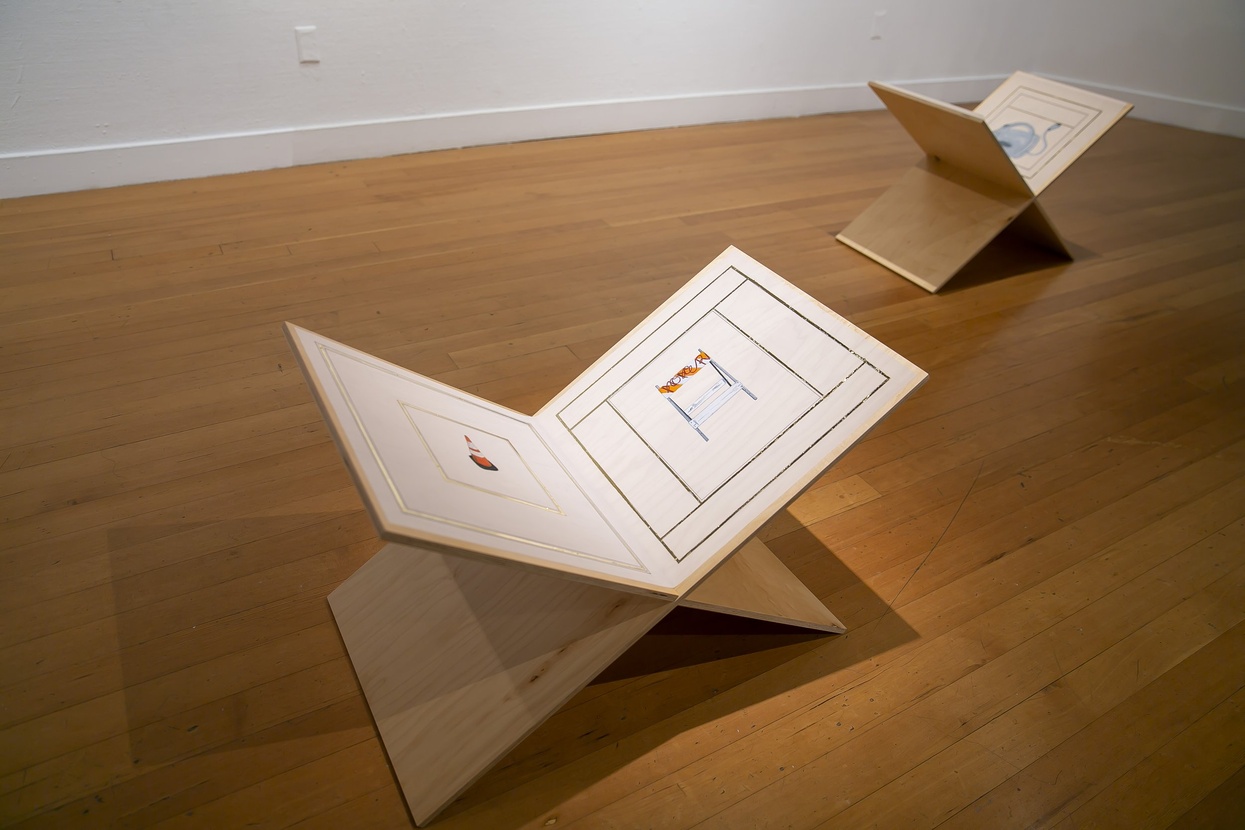Faculty Seed Grants: Asma Kazmi & After Jahangir

This year the Berkeley Center for New Media offered faculty research grants to seed ambitious academic scholarship in new media at Cal. Asma Kazmi was selected for "After Jahangir" Read more about the project below!
Project Background
The Mughal emperor Jahangir (1569-1627) of India was given the name “World Seizer'' for his preoccupation with collecting. He was a naturalist who enthusiastically acquired and scientifically recorded plants, animals, minerals, and oddities from different parts of the globe. Jahangir’s collection included costly gemstones, decorative weaponry, textiles and rare plants and animals. He acquired some of these objects during his travels, which happened by land and the Indian Ocean. Others were gifts and traded valuable objects with Safavid Iran, and with the Portuguese in Goa. Jahangir scientifically recorded, measured, enumerated, and tested his possessions and wrote about them in the Jahangirnama—his memoir. During his reign, Jahangir commissioned royal portraits where he was often pictured with his arm lifted to his face, holding up an exotic object to ruminate on its properties. I have been fascinated by Jahangir’s gesture of holding an object close, which reads to me as an embodied enchantment with the material world. What kind of scientist so intimately poses repeatedly with the object of their study? What does Jahangir see, hear, smell, taste, feel, as he holds these objects? What do they reveal about Jahangir’s firsthand, mediated, and imagined experiences with matter? These questions lead me to my photographic, drawing and sculptural installation called After Jahangir.
Workshop at Habib University, Karachi
In April 2021, with support from the BCNM Seed Grant, I led a workshop for a group of 8 students from Habib University in Karachi to generate photographs for After Jahangir. During the workshop we discussed Islamic Mughal miniature portraits, made lists of all our personal possessions, and reperformed Jahangir’s gesture to create a series of images about consumerism. In our re-performance of Jahangir’s gesture, we replaced Jahangir’s articulations of his refined connoisseurship by our own contemporary consumption habits. Thinking playfully yet critically about excessive consumption, we held up overproduced consumer objects like plastics and electronics in our palm to gaze at.
After Jahangir at the Berkeley Art Center
After Jahangir was presented as a photography, performance and painting series at the Berkeley Art Center. The paintings in this series were displayed on rehel, which are traditional folding book holders for the Quran. These display devices enabled an immersive viewing practice as they pointed to non-western modes of art viewership. By creating a series of images depicting entanglements of historical representations and placing myself and students from Karachi within this system, I wanted to imagine new and unique possibilities of thinking about matter, materiality, and the ecology. Jahangir’s portraits represent an ancient, non-western, and Islamic form of ecological, spatial, and material awareness. This awareness was extroverted and hierarchical. My embodiment of Jahangir’s gesture is an ecofeminist critique, an intervention, and an act of reading backward Mughal dynasty projections of power. As I assimilate and subsume Jahangir’s gesture, I am interested in engendering in the viewer questions and ideas about non exploitative commitments for relating to matter and the material world.
